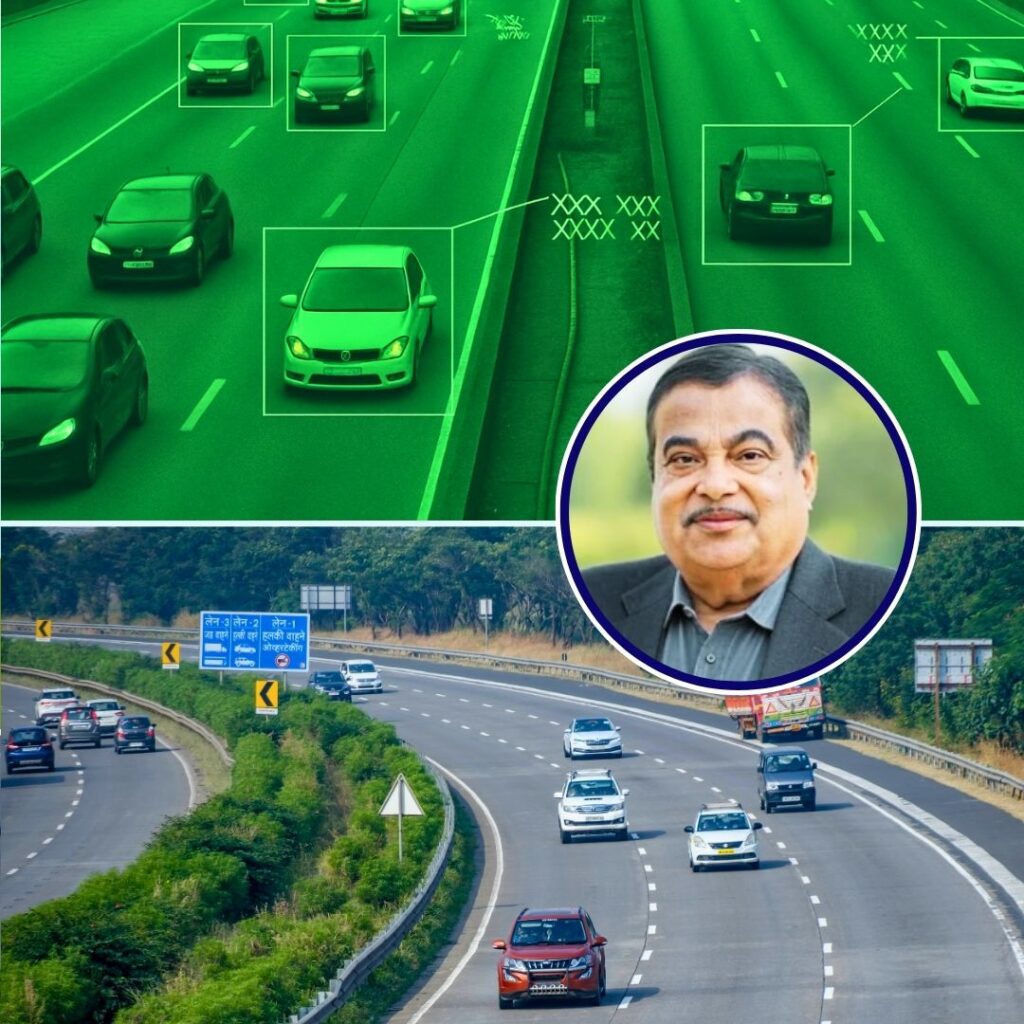According to the government’s new notification, possession of an Aadhaar card will be necessary for issuing death certificates in all states and union territories except Jammu and Kashmir, Meghalaya and Assam.
This latest expansion of the purview of Aadhaar and UIDAI will take effect from October 1, 2017.
If the person applying for the death certificate is not aware of the Aadhaar number or Aadhaar enrolment ID Number (EID) of the deceased, they would be required to provide a certificate that the deceased person does not possess Aadhaar number to the best of her or his knowledge, the home ministry said in a statement.
Any false declaration given by the applicant in this regard will be treated as an offence as per the provisions of the Aadhaar Act, 2016 and also Registration of Birth and Death Act, 1969.
“In a notification issued today the RGI, Ministry of Home Affairs has said the use of Aadhaar for the applicants of Death Certificate will result in ensuring accuracy of the details provided by the relatives/ dependents / acquaintances of the deceased. It will provide an effective method to prevent identity fraud. It will also help in recording the identity of the deceased person,” the statement said.
Aadhaar is a 12-digit unique identity number issued to all Indian residents based on their biometric and demographic data. The data is collected by the Unique Identification Authority of India (UIDAI), a statutory authority established on 12 July 2016 by the Government of India, under the provisions of the Aadhaar Act 2016. Aadhaar is the world’s largest biometric ID system, with over 1.1 billion enrolled members as of 28 February 2017.
More than 98% of adults in India have enrolled in the Aadhaar scheme. However, of the 23.4 crore Indians who did not have an Aadhaar number in 2016 (21.7 crore) – more than 90% – were children. Currently, over 99% of Indians aged 18 and above have the Unique Identification Number (UID).
With 1.123 billion enrolled members as of 28 February 2017 and over 99% of Indians aged 18 and above being enrolled, Aadhaar has been described as “the most sophisticated ID program in world”.
Its scope has been greatly expanded in recent months, with the government pushing for it to be mandated for availing welfare programs and official programs. Primarily because of this reason, the Aadhaar programme has seen the Supreme Court and the government being at odds with each other. The SC has repeatedly rejected any push to make Aadhaar mandatory for welfare schemes.
The rising significance of Aadhaar has been accompanied by rising concerns over privacy issues and the potential for abuse and data breaches.











